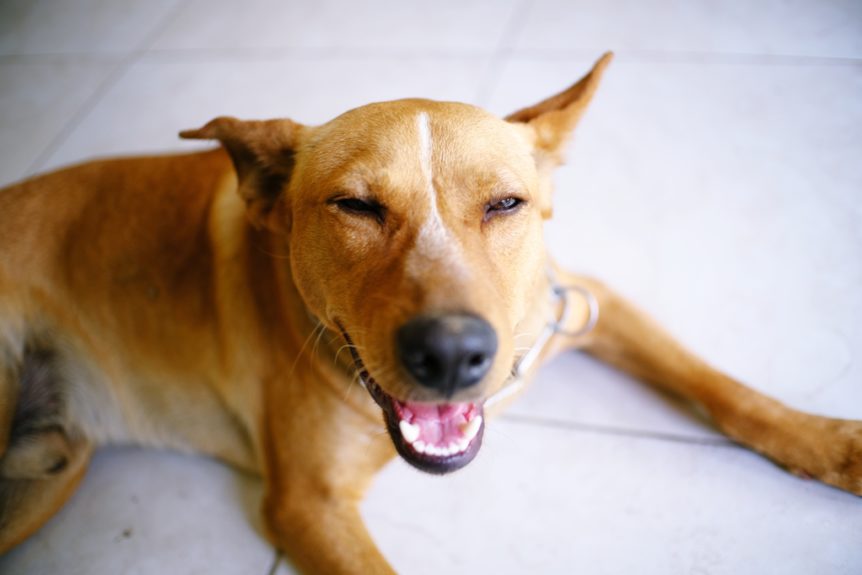February is Nation Pet Dental Month, but your pets’ oral health care should be a year-round concern.
According to the AVMA, dogs’ and cats’ teeth should be checked at least once a year by a veterinarian, but they should be checked sooner if any signs of dental problems are present, including:
- bad breath
- broken or loose teeth
- extra teeth or retained baby teeth
- bleeding gums
- abnormal drooling
- lack of appetite
- brown or discolored teeth
Regularly brushing a pet’s teeth is the most effective way to keep their teeth healthy between dental visits and may eliminate the need for dental cleanings at the veterinarian’s office.
Here are a couple of tips for keeping your pup’s teeth fresh and clean at home:
- Use a pet toothbrush, not a human toothbrush. Even the softest human brush is too coarse for a canine toothbrush. When first getting used to a toothbrushing routine, many people—and dogs—prefer the rubber type that fits over your finger. After everyone is accustomed to brushing, you can “upgrade” to a handled brush that does a better job of plaque removal.
- Use only veterinarian-approved pet toothpaste. Human toothpaste is not designed to be swallowed and can upset a dog’s stomach. There is a good selection of brands of pet toothpaste that come in flavors that dogs like, making it easier to coax them into a daily brushing session.
- Start by offering the dog a taste of the toothpaste to get it used to the smell and taste. With the various flavors available, you will probably find that different dogs have different favorites that will help them accept brushing more easily than other flavors. So if one flavor doesn’t seem to appeal to a dog, try another.
- If the dog is comfortable and at ease with this approach, it can help to sit the dog in a corner, with its back against a wall. Have a leash attached to its collar, then step on the leash with just a little slack. This will help to control the dog and keep it from “escaping” backward while you are brushing its teeth.
- Put some toothpaste on the brush and lift the dog’s lip from the side and brush the teeth you can reach from the side. At first, you may want to brush only these teeth or just the canines (large “fangs” at the front of the mouth). As the dog gets used to brushing, you will be able to progress to opening the mouth wider and brushing the molars and the inside surfaces of the teeth as well as the outsides.
- However, you should be more concerned with the outside of the teeth and gum line, as a dog’s tongue does a relatively good job of keeping the inside area of the mouth cleaner.
- Keep the brushing sessions light and fun for the dog, with lots of attention, praise, and affection for cooperative action.
- If you have to cut a dental session short because the dog is getting tired, upset, or fidgety, that is okay, but try again the following day. Soon the dog should look forward to its daily dental care, and you will be able to perform a complete tooth and gum cleaning in one session.
- When you are done, let the dog go with a special release command that lets it know its daily dental care is over, and it is free to leave. Always use the same command and don’t use this command to the dog for anything else.
Hope this helps keep you and your furry friends smiling all year long!


